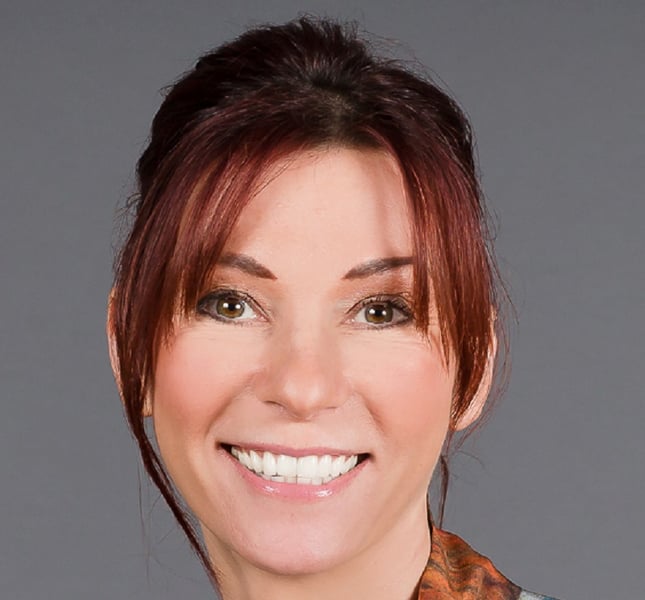Lisa Buckley, head of marketing and mortgage sales at Leek United, outlines the opportunities for second home mortgages and how a second home can be a useful asset when planning for the future.

Lisa Buckley, head of marketing and mortgage sales at Leek United, outlines the opportunities for second home mortgages and how a second home can be a useful asset when planning for the future.
It may come as a surprise to know that 5.2 million people, one in 10 adults, own more than one home.
So, what do we mean by a second home in this context?
Well just that, a fully furnished and mortgaged home where the owners occasionally occupy it for work, or pleasure at weekends and holidays.
But this type of property is not classed as a buy-to-let as it doesn’t have regular tenant income to cover the mortgage payments, so a separate mortgage will be required which will mean a full application and affordability assessment.
Affordability is an important point as its usually older borrowers looking for a second home. The term of that mortgage may take them into retirement so a suitable way of sustaining the mortgage payments is essential. Lenders who offer second home mortgages will look at these cases individually and assess the affordability for each application separately.
When customers invest in a second home it can be for more reasons than just for holidays or work. They often use this as part of their retirement planning with a view that one day they can retire and live in it full-time after selling their current residence or look upon it as an investment to sell if appropriate gains in house values have been made.
As with all types of property location is key. Many desirable locations come with premium house prices particularly if they are in areas of outstanding natural beauty or commutable to a city. Initial costs may be high but there is also a better chance of value gains in the longer-term, so getting the balance right between initial cost and growth potential is crucial.
The second home could also be turned into a full-time buy-to-let at some point if the borrowers wanted to keep the asset, and hopefully its growth, but cover the monthly costs through renting to tenants. Clearly a new buy-to-let mortgage would be required, but this could be looked at as another sales opportunity for introducers and lenders.
The advantages of the second home are, therefore, worth considering for those with the finances to be able to implement their longer-term plans while at the same time boosting their assets into retirement.
However, there are some cost implications when it comes to buying a second home. As you’ll be aware, there’s now an extra 3% stamp duty on second homes which can prove to be expensive for potential buyers. But buyers can look to minimise stamp duty by setting their budget in line with the tax bands and looking at properties that fulfil their requirements but at the right price.
There are also the usual costs with applying for a mortgage such as conveyancing costs. The property will also need to be insured with a second home insurance policy which covers any additional risks with the house not being occupied full-time.
As we are still in a low interest rate environment, the overall monthly costs can still be achievable for many, despite the tax and costs. The main thing is getting the longer-term objectives for the property clear from the start and finding an affordable, suitable second home that has the potential for asset growth.



